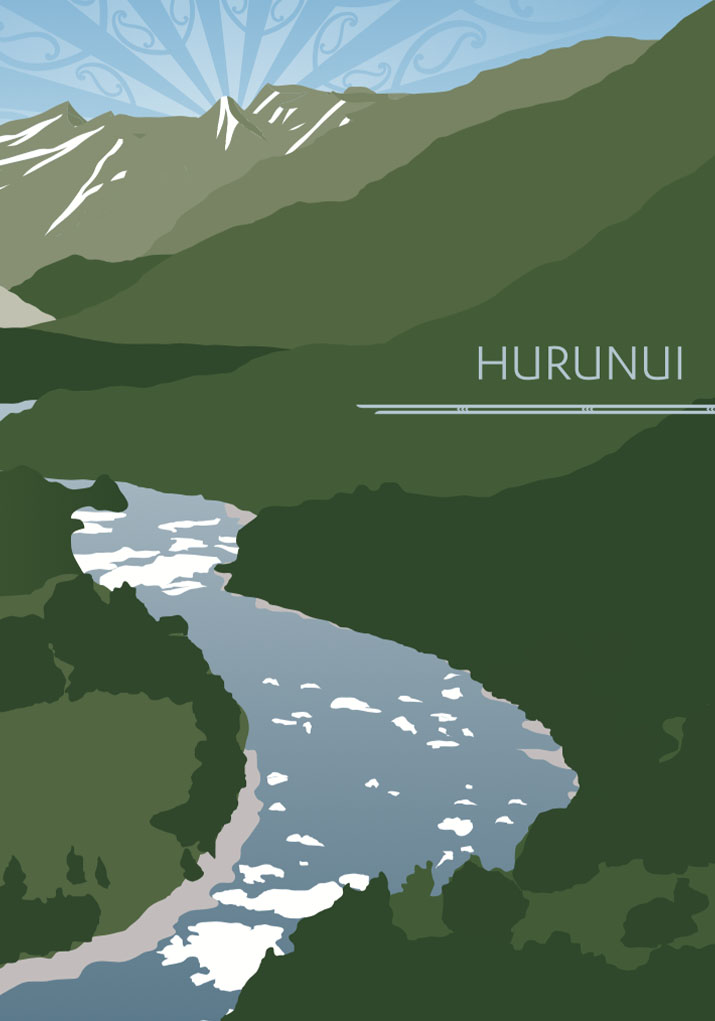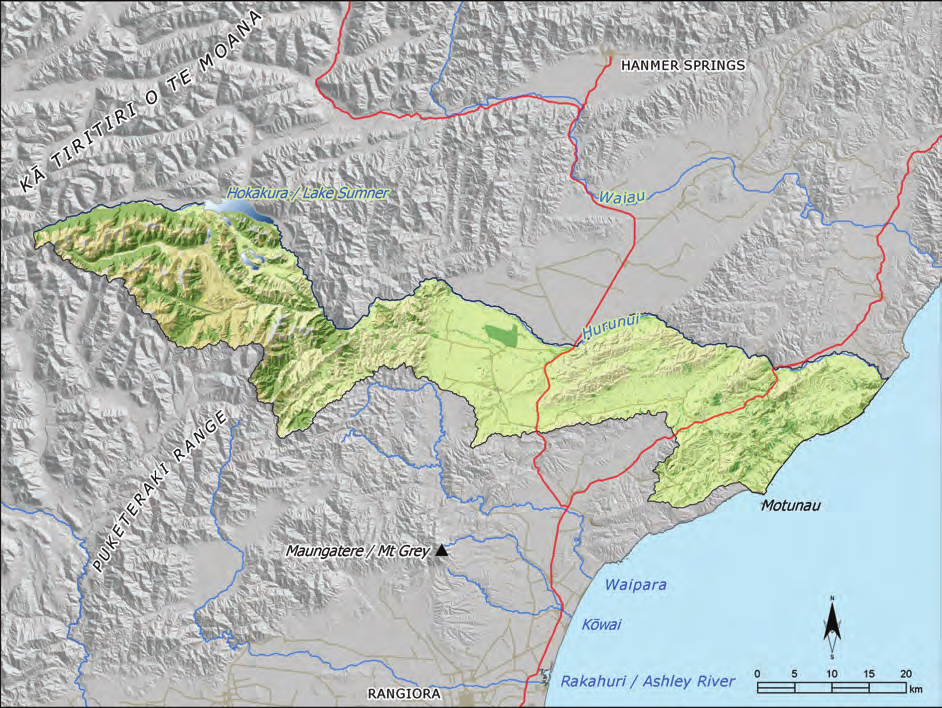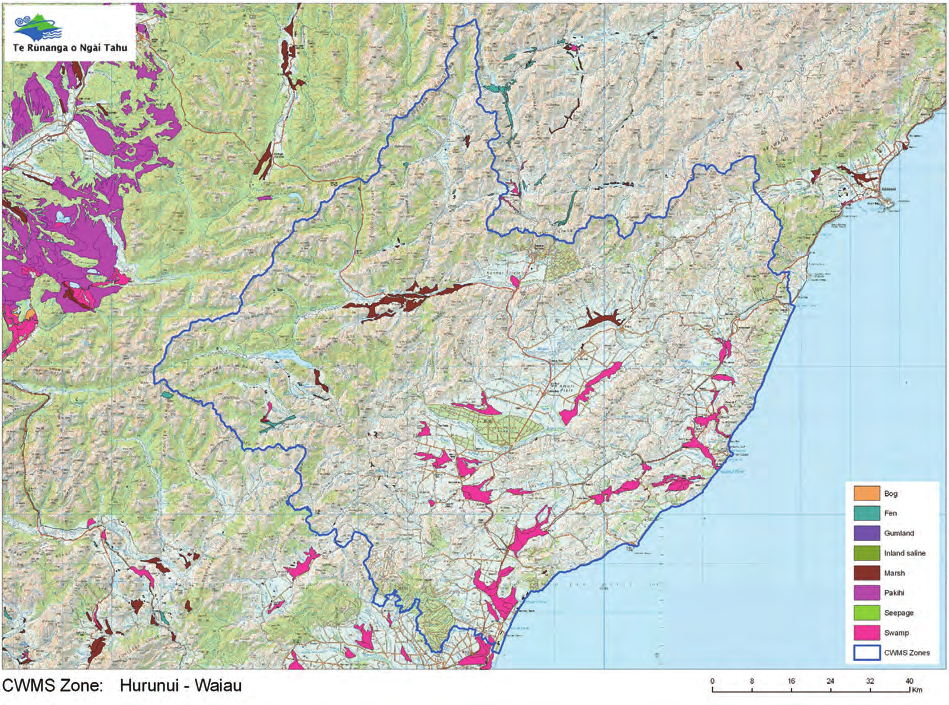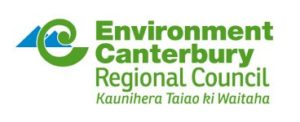This section addresses issues of particular significance in the Hurunui River catchment (Map 6). The Hurunui is the northern boundary of the region covered by this IMP, and an area of shared interest with Ngāti Kuri (Te Rūnanga o Kaikōura).
Throughout its course from the mountains to the sea, the Hurunui River exhibits a diversity of character, reflected in the different landscapes through which the river flows. From the mountainous headwaters and high country lakes, the river flows through steep and highly scenic gorges to become a braided river flowing through the plains to emerge at an extensive lagoon and coastal forest. For Ngāi Tahu, the variable character of the river is essential to its cultural value, and is reflective of its life force.
The relationship of Ngāi Tahu with the Hurunui River catchment is centuries old and of outstanding significance to the iwi. The river possesses a range of characteristics that are considered to be outstanding for spiritual, cultural and environmental reasons, including natural character, ara tawhito, mahinga kai and wāhi tapu. These values are a fundamental aspect of the relationship of Ngāi Tahu to the Hurunui River, and their protection is the focus of the issues and policy in this section.
Statutory Acknowledgements for the Hurunui River and Hoka Kura/Lake Sumner reflect the high cultural value of water in this catchment. Schedule 20 and 21 of the NTCSA 1998 set out Ngāi Tahu associations with the Hurunui River and Hoka Kura, and acknowledge the immense cultural, spiritual, historical and traditional significance of these water bodies (see Appendix 7).

